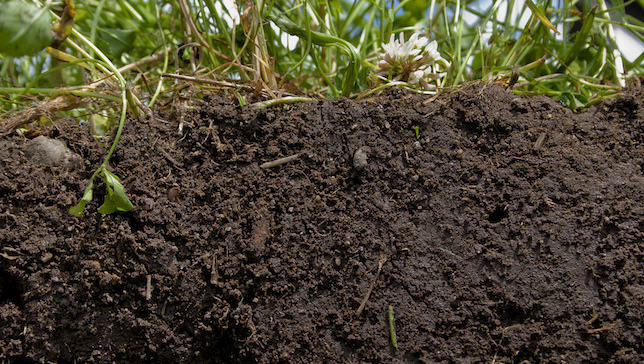
Local Food Is Not Enough. We Need Resilient Agriculture.
Dr. Laura Lengnick has been actively exploring sustainable agriculture for more than 30 years. As a researcher, policymaker, activist, educator and farmer, she has learned countless ways that farming can reduce its impact on the planet. Still, as farmers find themselves increasingly on the front lines of global climate change, drought and biodiversity loss, she became convinced that sustainability is not enough. Farming will have to adapt and evolve to help meet the myriad challenges our society is facing.
April 22, 2015 | Source: Mother Nature Network | by Sami Grover
Dr. Laura Lengnick has been actively exploring sustainable agriculture for more than 30 years. As a researcher, policymaker, activist, educator and farmer, she has learned countless ways that farming can reduce its impact on the planet. Still, as farmers find themselves increasingly on the front lines of global climate change, drought and biodiversity loss, she became convinced that sustainability is not enough. Farming will have to adapt and evolve to help meet the myriad challenges our society is facing.
That’s the concept behind her new book “Resilient Agriculture,” which looks beyond reductive and sometimes divisive labels like “local” and “organic” and instead begins exploring what a truly resilient food system might look like.
We got on the phone to talk more about how food and farming is changing.
MNN: ‘Sustainable’ and ‘organic’ and ‘local’ have been buzzwords in farming for a long time. How is ‘resilient’ different, and what does it bring to the mix?
Laura Lengnick: My understanding of resilience is it is about three different capacities:
• One, a capacity to respond to a disturbance or event to avoid or reduce damage to the existing system.
• Two, a capacity to recover from damaging events.
• And three, a capacity to transform or change the existing system to one that is more resilient to disturbance.
Public discourse is only now beginning to develop, and the term resilience sometimes gets oversimplified. It is about much more than just bouncing back when things go wrong. It is a much richer idea that involves careful cultivation of community assets. I wanted to bring some of the richness of these ideas into the conversations about climate resilience so we don’t lose those going forward.
In many ways, farmers are at ground zero on an issue like climate change. So why have so many farmers seemed resistant to the concept, and is that changing?
Farmers are in an industry where climate has a huge impact on their success and profitability. Along with other natural resource industries, they are experiencing climate change earlier and they are having to adapt.
In terms of the resistance, what many farmers heard was a finger being pointed at them by environmentalists and animal rights’ activists. The message was that it’s your problem, you fix it. And by the way, it’s going to cost you a lot of money and it will not reduce your actual climate risk.
Yet there is now a shift in the conversation.
And what has shifted it has been bringing adaptation into the conversation. What that’s done is it has made the conversation local — there is a toolkit for adaptation, but each tool works in some places and not in others. The solutions will be locally based, and any investment in adaptation immediately benefits the people who invested in it. Bringing adaptation into the picture completely shifted the focus on solutions, and the cost benefit analysis too — if I spend money, I am going to directly benefit.
